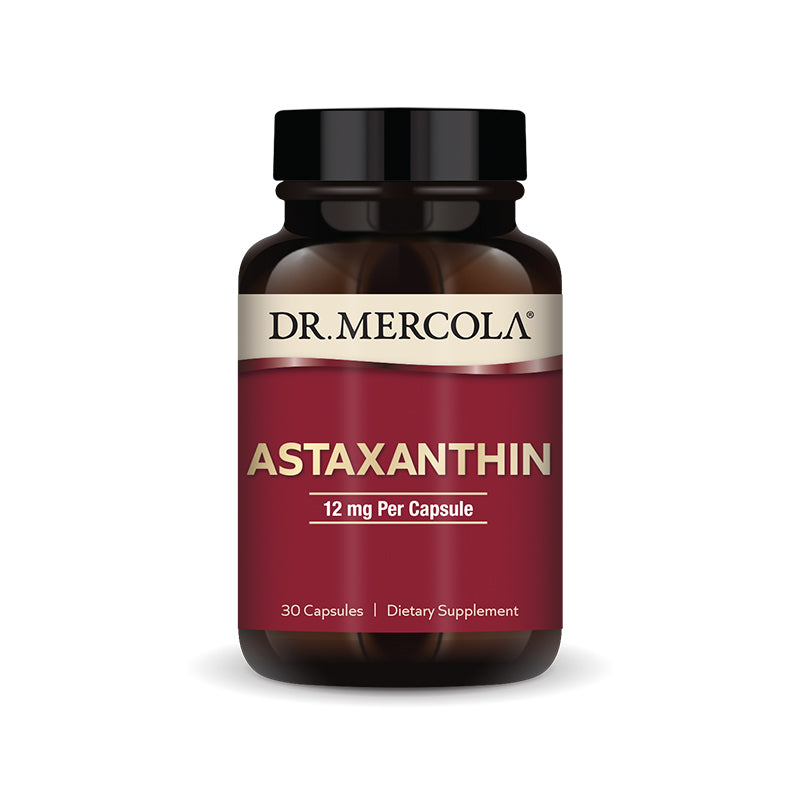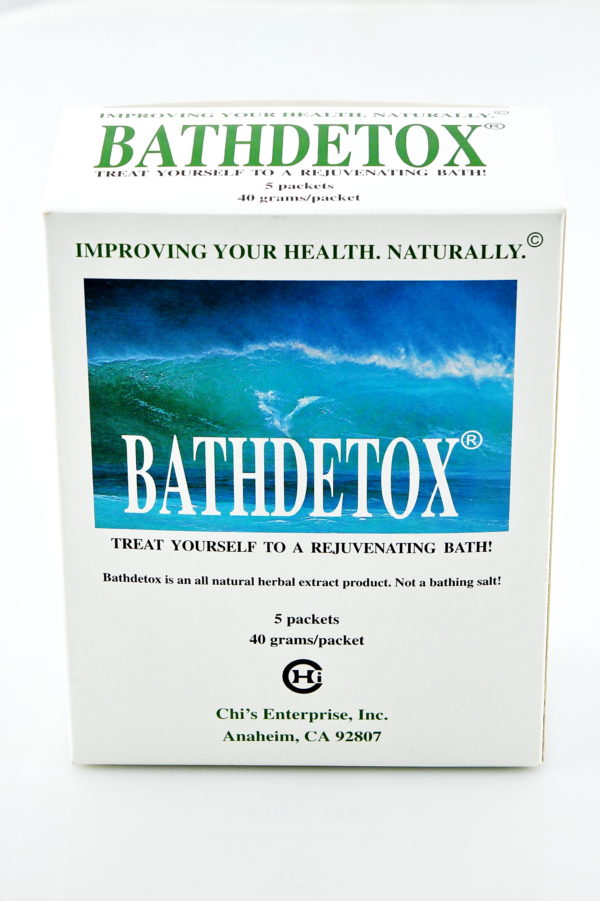Cart
0
by Dr. Jonny Bowden Agave nectar/ syrup is basically high-fructose corn syrup masquerading as a health food. It’s easy to understand how agave syrup got its great reputation. Even the word “Agave” has a fine pedigree, coming from the Greek word for noble. The blue agave species- considered the best for the making agave nectar- flourishes in rich volcanic soil— (it’s also the only variety permitted to be used for the making of tequila). And extracts from the agave plant have been shown to have anti-inflammatory and antioxidant properties. (Unfortunately there’s zero evidence that any of those compounds are present in the commercially made syrup.) Agave nectar is an amber-colored liquid that pours more easily than honey and is considerably sweeter than sugar. The health-food crowd loves it because it is gluten-free and suitable for vegan diets- and, most especially, because it’s low glycemic (we’ll get to that in a moment). Largely because of its very low glycemic impact, Agave nectar is marketed as “diabetic friendly”. What’s not to like? As it turns out, quite a lot. Agave nectar has a low-glycemic index for one reason only: it’s largely made of fructose, which although it has a low-glycemic index, is now known to be a very damaging form of sugar when used as a sweetener. Agave nectar has the highest fructose content of any commercial sweetener (with the exception of pure liquid fructose). All sugar- from table sugar to HFCS (high-fructose corn syrup) to honey- contains some mixture of fructose and glucose. Table sugar is 50/50, HFCS is 55/45. Agave nectar is a whopping 90% fructose, almost- but not quite- twice as high as HFCS. Fructose- the sugar found naturally in fruit- is perfectly fine when you get it from whole foods like apples (about 7% fructose)—it comes with a host of vitamins, antioxidants and fiber. But when it’s commercially extracted from fruit, concentrated and made into a sweetner, it exacts a considerable metabolic price. Research shows that it’s the fructose part of sweeteners that’s the most dangerous. Fructose causes insulin resisitance and significantly raises triglycerides (a risk factor for heart disease). It also increases fat around the middle which in turn puts you at greater risk for diabetes, heart disease and Metabolic Syndrome (a kind of pre-diabetes) . And fructose has been linked to non-alcoholic fatty-liver disease. Rats given high fructose diets develop a number of undesirable metabolic abnormalities including elevated triglycerides, weight gain and extra abdominal fat. In the agave plant, most of the sweetness comes from a particular kind of fructose called inulin that actually has some health benefits- it’s considered a fiber. But there’s not much inulin left in the actual syrup. In the manufacturing process, enzymes are added to the inulin to break it down into digestible sugar (fructose), resulting in a syrup that has a fructose content that is at best 57% and- much more commonly- as high as 90%. “”It’s almost all fructose, highly processed sugar with great marketing,” said Dr. Ingrid Kohlstadt, a fellow of the American College of Nutrition and an associate faculty member at Johns Hopkins School of Public Health. “Fructose interferes with healthy metabolism when (consumed) at higher doses”, she told me. “Many people have fructose intolerance like lactose intolerance. They get acne or worse diabetes symptoms even though their blood [sugar] is OK”. Agave nectar syrup is a triumph of marketing over science. True, it has a low-glycemic index, but so does gasoline- that doesn’t mean it’s good for you. If you simply must have some sweets once in a while, a small amount of agave nectar every once in a while isn’t going to kill you. Just don’t buy into the idea that it’s any better for you than plain old sugar or HFCS. In some ways, it may even be slightly worse. For further information on Dr. Jonny please visit, www.JonnyBowden.com.










